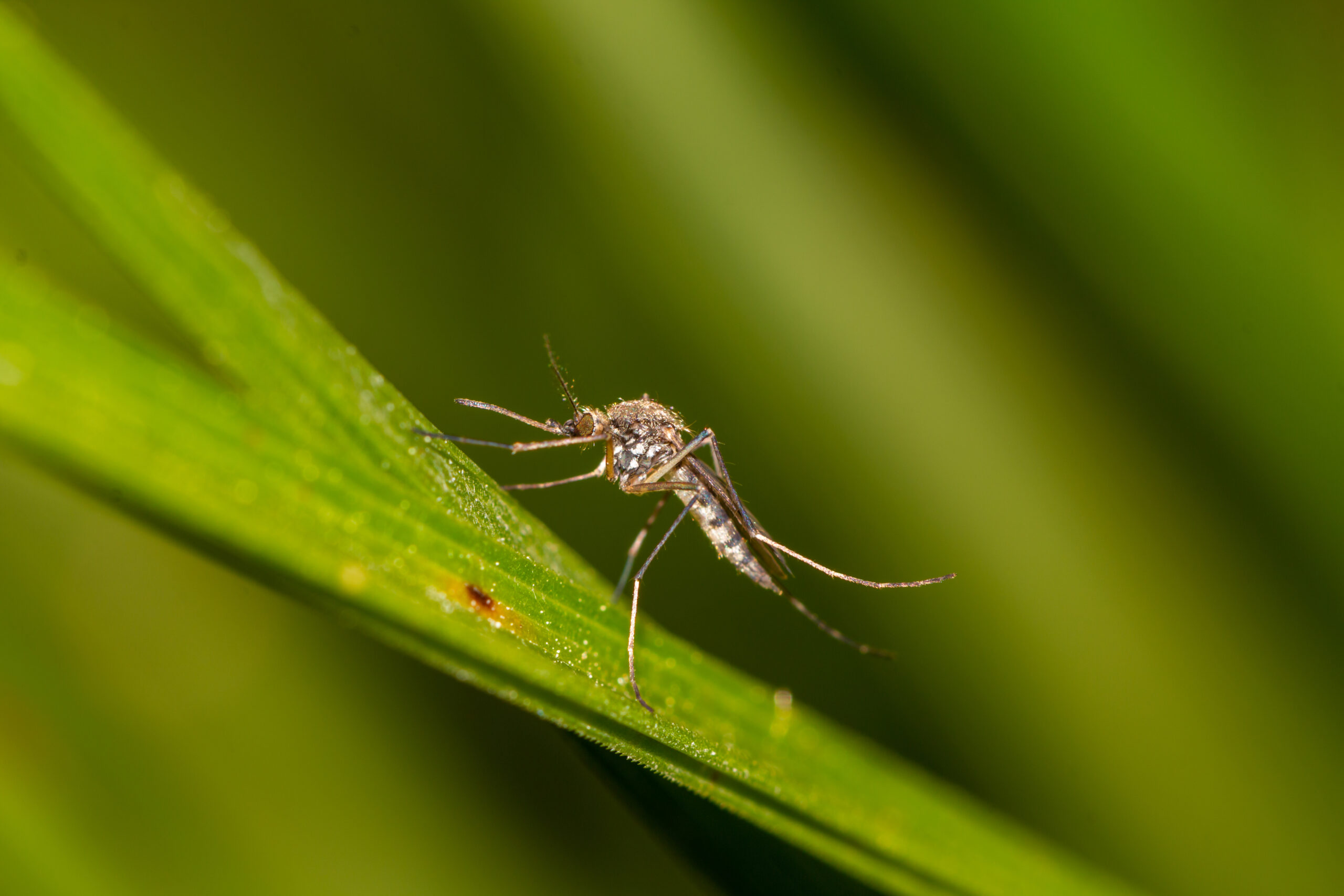A disease once nearly wiped out in America is surging back with alarming force in Texas.
Story Highlights
- Flea-borne typhus cases exploded from 200 in the 1990s to over 6,700 since 2008
- Disease spread from South Texas into major cities like Dallas, Houston, and Austin
- Climate policies and urban sprawl created perfect conditions for disease resurgence
- About 70% of patients require hospitalization with 14 deaths recorded since 2008
From Victory to Crisis: How Texas Lost Control
Texas achieved near-elimination of typhus in the 1940s through decisive action, including citywide DDT spraying in San Antonio. The state maintained this success for decades, reporting only 200 cases throughout the entire 1990s. However, since 2000, public health authorities have watched helplessly as cases skyrocketed twelve-fold. The Texas Department of State Health Services now reports 682 provisional cases through August 2025, with peak season still ahead.
"Typhus, a disease once nearly eradicated in the U.S., is on the rise in Texas" https://t.co/XBU5mg76wq
— QI 181 (@QI_181) September 13, 2025
Government Policies Fuel Disease Comeback
Environmental restrictions eliminated effective pest control measures while urban sprawl policies increased human-wildlife contact zones. Dr. Gregory M. Anstead, an infectious disease specialist, points to climate change initiatives that inadvertently created warmer conditions favoring flea survival and bacterial reproduction. Population growth policies encouraged dense urban development without adequate vector control infrastructure, providing more hosts for disease-carrying fleas.
Medical System Struggles with Diagnostic Challenges
Emergency medicine physician Dr. Christopher Dayton warns that typhus symptoms mimic common flu, creating dangerous delays in treatment. The disease, caused by Rickettsia bacteria transmitted through flea bites, can cause severe illness or death if untreated. Patients like Dana Clark experienced prolonged suffering due to misdiagnosis. About 70% of confirmed cases require hospitalization, straining healthcare resources and driving up medical costs for Texas families.
Protecting Your Family from Government Failures
With state authorities failing to contain the outbreak, Texans must take personal responsibility for family protection. Pet owners should implement rigorous flea control measures and maintain regular veterinary care. Property maintenance including yard upkeep reduces wildlife habitat near homes. The Aggieland Humane Society emphasizes community vigilance in animal health management. Citizens experiencing unexplained fevers should demand immediate medical attention and specifically mention potential typhus exposure to healthcare providers. This resurgence represents a catastrophic reversal of decades of public health progress, leaving American families vulnerable to diseases that should remain in history books.
Sources:
Flea-borne typhus is making a comeback in Texas
Typhus, a disease with flu-like symptoms, spiking this summer in Texas
Flea-borne typhus cases in Texas: What’s causing the surge?
Texas sees spike in flea-borne typhus, Aggieland Humane Society stays vigilant









